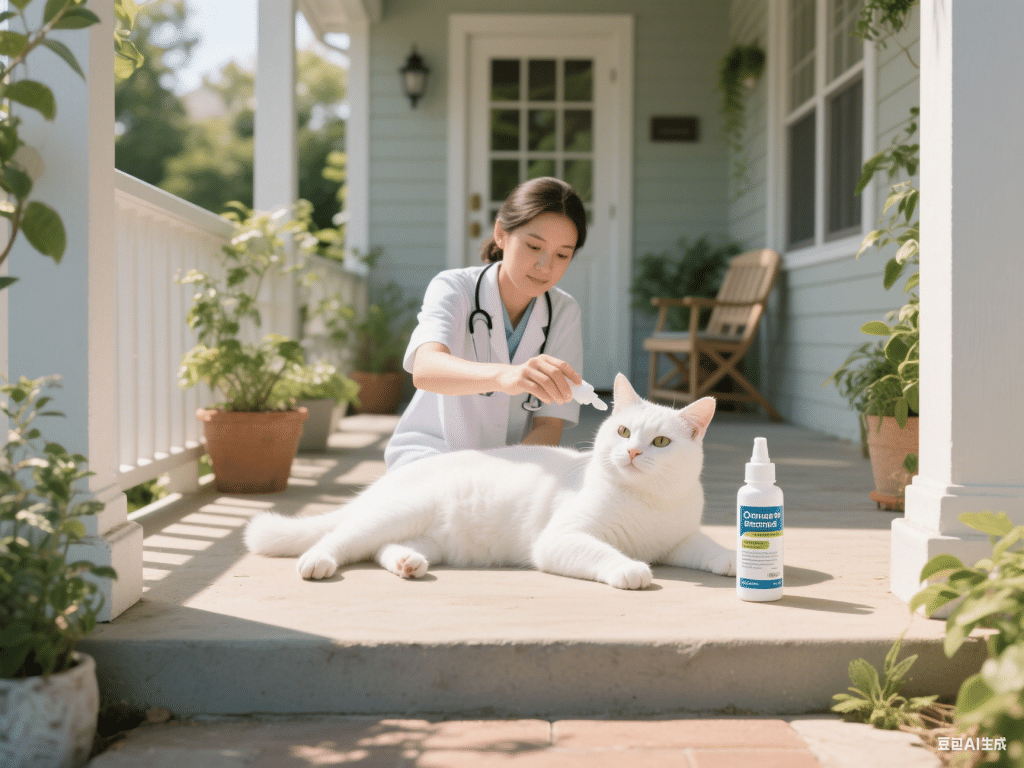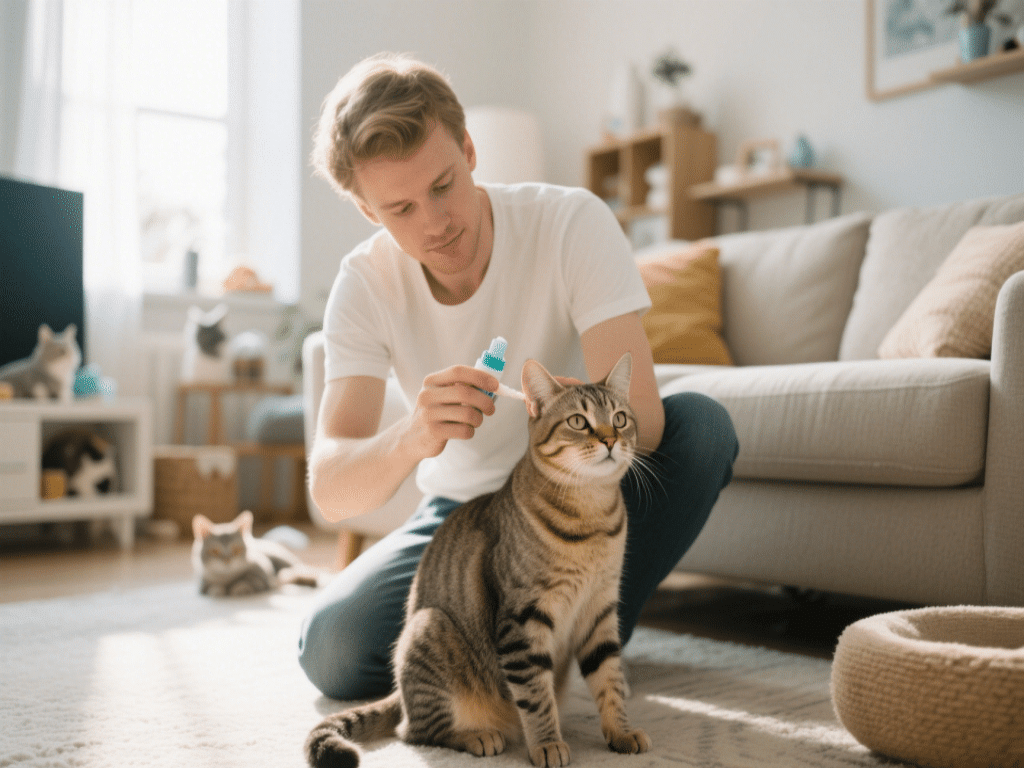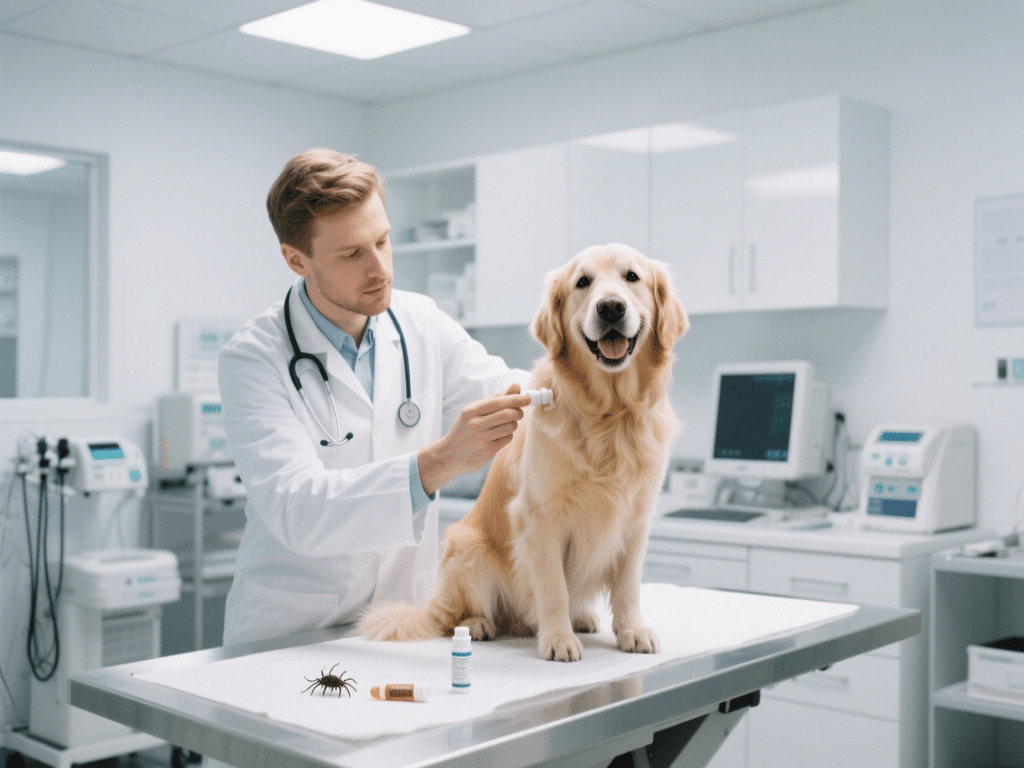Introduction
Raw feeding—sometimes called BARF (Biologically Appropriate Raw Food) or prey model raw—mimics ancestral diets by offering uncooked meats, organs, bones, and limited produce. When properly formulated, a balanced raw diet can support optimal health, improved coat condition, and stronger immunity. This starter guide covers foundational principles, nutrient ratios, safety protocols, and meal-planning tips.
1. Core Components of a Raw Diet
Muscle Meat (70%): Includes lean cuts of beef, chicken, turkey, or lamb. Provides high-quality protein and essential amino acids.
Edible Bone (10%–15%): Raw, meaty bones such as chicken wings, necks, or rabbit carcasses supply calcium and phosphorus. Never feed cooked bones, which can splinter.
Organ Meat (10%–15%): Liver, kidney, and heart offer vitamins A, D, and various B vitamins. No more than 5%–10% liver prevents vitamin A toxicity.
Fruits & Vegetables (5%–10%): Optional, but many feeders add pureed spinach, carrots, apples, or berries for fiber, antioxidants, and phytonutrients.
Optional Supplements: Fish oil for omega-3s, taurine (especially for cats or if ingredients lack adequate amounts), and powdered kelp or egg shells (if feeding boneless meats).
2. Determining Nutritional Ratios
Protein vs. Fat: Aim for 20%–25% protein and 10%–15% fat on a per-calorie basis. Adjust based on your dog’s activity level—working dogs may need higher fat.
Calcium-to-Phosphorus Ratio (Ca:P): Should range between 1.1:1 and 1.5:1. Edible bones usually provide balanced Ca:P ratios; if feeding boneless meat, supplement with crushed eggshells or bone meal.
Micronutrient Balance: Ensure sufficient vitamin E, zinc, and other trace minerals. Some feeders use premixed raw supplements designed for canine nutrition.
3. Sourcing Quality Ingredients
Human-Grade vs. Food-Grade: Many owners source meat from reputable butchers or grocery stores labeled “human-grade.” Avoid expired or low-quality “pet food” meats.
Organic vs. Conventional: Organic meats reduce exposure to antibiotics and hormones, though they may be costlier. Choose based on budget and availability.
Safe Raw Bones: Only feed uncooked bones sized appropriately—too small bones (e.g., chicken breast bones) can splinter, while large beef femurs risk tooth fractures.
4. Safety and Hygiene Practices
Proper Storage: Store raw meats at 32°F–40°F (0–4°C) and use within 24–48 hours. Freeze portions if not used immediately; thaw in the refrigerator.
Sanitation: Clean all preparation surfaces, utensils, and bowls with hot soapy water and disinfectant. Wash hands thoroughly after handling.
Avoid Cross-Contamination: Keep raw portions separate from human food, especially produce. Use dedicated cutting boards for raw pet meals.
5. Transitioning Your Dog
Gradual Introduction: Start by replacing 25% of the previous diet with raw food. Increase by 25% increments every 3–5 days, monitoring stool consistency and energy levels.
Monitor Stool Quality: Ideal stools are firm and small. Loose stools indicate too much fat; hard stools may signal insufficient hydration or fiber.
Adjust Ratios as Needed: If weight loss occurs, slightly increase fat content. If weight gain or loose stools occur, reduce fat percentage.
6. Meal Planning and Frequency
Adult Dogs: Typically receive 2%–3% of body weight per day, divided into two meals.
Puppies & Active Breeds: May require up to 4%–5% of body weight daily, fed three to four times per day.
Senior or Less Active Dogs: Aim for 1.5%–2% of body weight daily, with careful weight monitoring to prevent obesity.
7. Common Mistakes to Avoid
Imbalanced Diets: Feeding only muscle meat leads to calcium deficiency. Always include bone or calcium supplements.
Ignoring Organ Ratios: Excessive liver causes vitamin A toxicity; insufficient organ meat causes micronutrient shortages.
Poor Hygiene: Increased risk of bacterial contamination (Salmonella, E. coli) if preparing and storing improperly.
8. Monitoring and Ongoing Adjustments
Regular Veterinary Checkups: Schedule biannual exams with bloodwork to monitor kidney and liver function.
Body Condition Scoring: Use a hands-on BCS chart to ensure your dog remains at a healthy weight.
Coat & Skin Health: Shiny coat and healthy skin indicate adequate fatty acid intake. Dull coat or flaky skin may require supplementation.
Conclusion
A well-balanced raw diet can yield numerous health benefits for dogs, from shinier coats to improved digestion and increased energy. By adhering to proper nutritional ratios, sourcing quality ingredients, following strict hygiene protocols, and gradually transitioning, you can provide a raw feeding regimen that supports long-term wellness. Always consult your veterinarian or a veterinary nutritionist when designing or adjusting your dog’s raw diet.










Comments on " Creating a Balanced Raw Diet for Your Dog: A Starter Guide" :